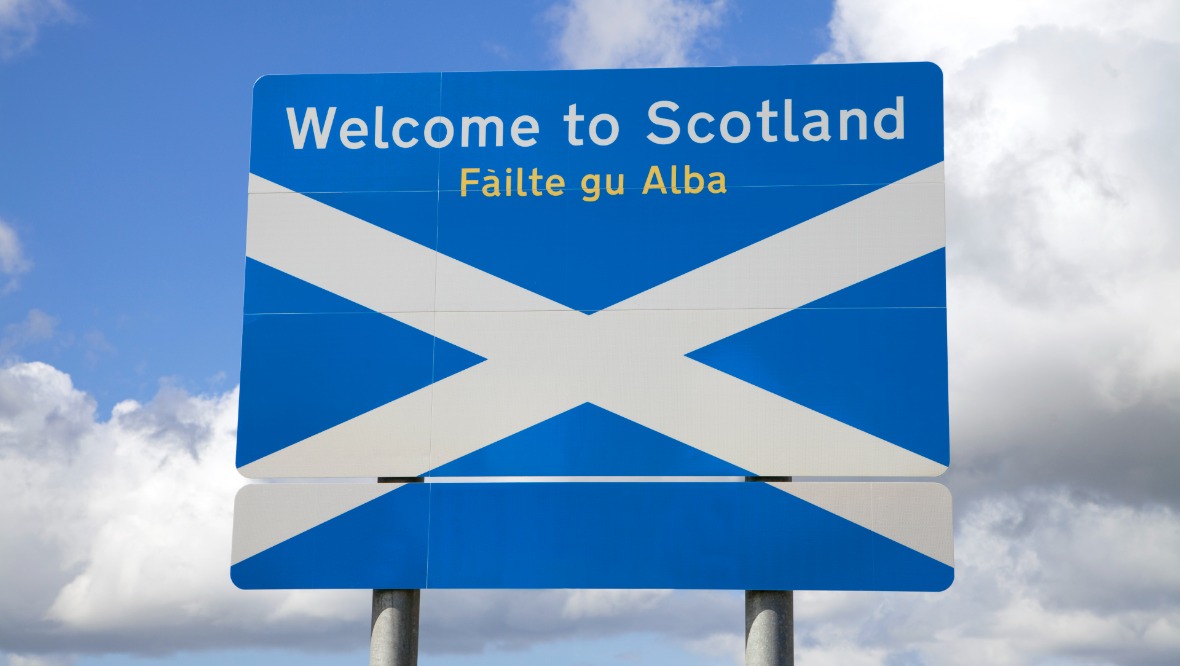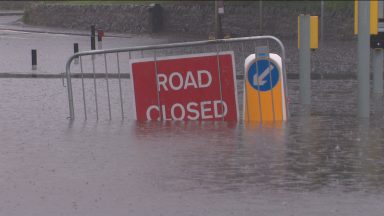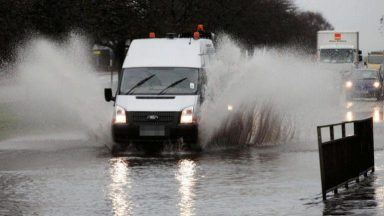A Gaelic language plan has been published for the first time by East Lothian Council, with a pledge to promote the language’s use in schools.
Despite the most recent census finding that only 0.4% of residents in East Lothian speak Gaelic – well below the 1.1% national average – the council has produced a plan outlining how it will support the language locally.
Among its key aims, the new plan commits the council to “include aspects of Gaelic language and culture to pupils educated by East Lothian Council, with the aim of attracting more young people to learn and use Gaelic”.
It also revealed plans to gather information about how many Gaelic speakers were employed by the local authority through a staff skills audit due to be carried out this year.
The plan acknowledges that Lowland Scots rather than Gaelic would have been spoken in East Lothian historically.
However, the county’s famous Battle of Prestonpans, which is commemorated locally, was won by a Jacobite army largely made up of Gaelic-speaking Highlanders.
The Battle of Prestonpans Trust has introduced some bilingual road signs around the battle site in the past.
And the council’s plan says that there are a number of place names in East Lothian which have Gaelic origin, giving examples: Cuil Choinnich – Cockenzie (the neuk of Coinneach – Kenneth); Craobhbarraidh – Carberry (at the palisade); Fan Taisidh – Phantassie (at the damp slope); and An garbh-Allt – Garvald (the rough burn).
The council said that the plan had been prepared in accordance with the Gaelic Language (Scotland) Act 2005, which seeks to secure the status of the Gaelic language as an official language of Scotland, commanding equal respect to the English language, in line with the requirements of Bòrd na Gàidhlig, the executive non-departmental public body with responsibility for promoting the language’s development and providing advice to Scottish Ministers on Gaelic issues.
It sets out how the council intends to promote the use of Gaelic in service planning and delivery, as well as being taken into account when drafting new policies and considering new strategies.
It goes on to set out key considerations for the use of Gaelic as part of the council’s corporate identity and public information.
The 2011 census recorded 728 people in East Lothian with some understanding or ability to speak, read or write Gaelic.
Provost John McMillan said: “I welcome publication of East Lothian Council’s first Gaelic Language Plan, which reflects our contribution to enhancing the profile of the language and providing more opportunities for people to access information in, and engage with, the Gaelic language.
“This supports the Scottish Government’s vision of safeguarding the future sustainability of Gaelic.
“We see our plan as a starting point for developing and improving our current Gaelic provision, in line with legislative requirements.
“While Lowland Scots historically had more profile in East Lothian, there are examples of some local place names having had Gaelic origins.
“The council website now includes a translation function enabling folk to read information in Gaelic, while Gaelic medium learning is available to children and young people on application, via a partnership arrangement with City of Edinburgh Council.”
The full plan can be viewed online.
By local democracy reporter Marie Sharp
Follow STV News on WhatsApp
Scan the QR code on your mobile device for all the latest news from around the country


 iStock
iStock
























